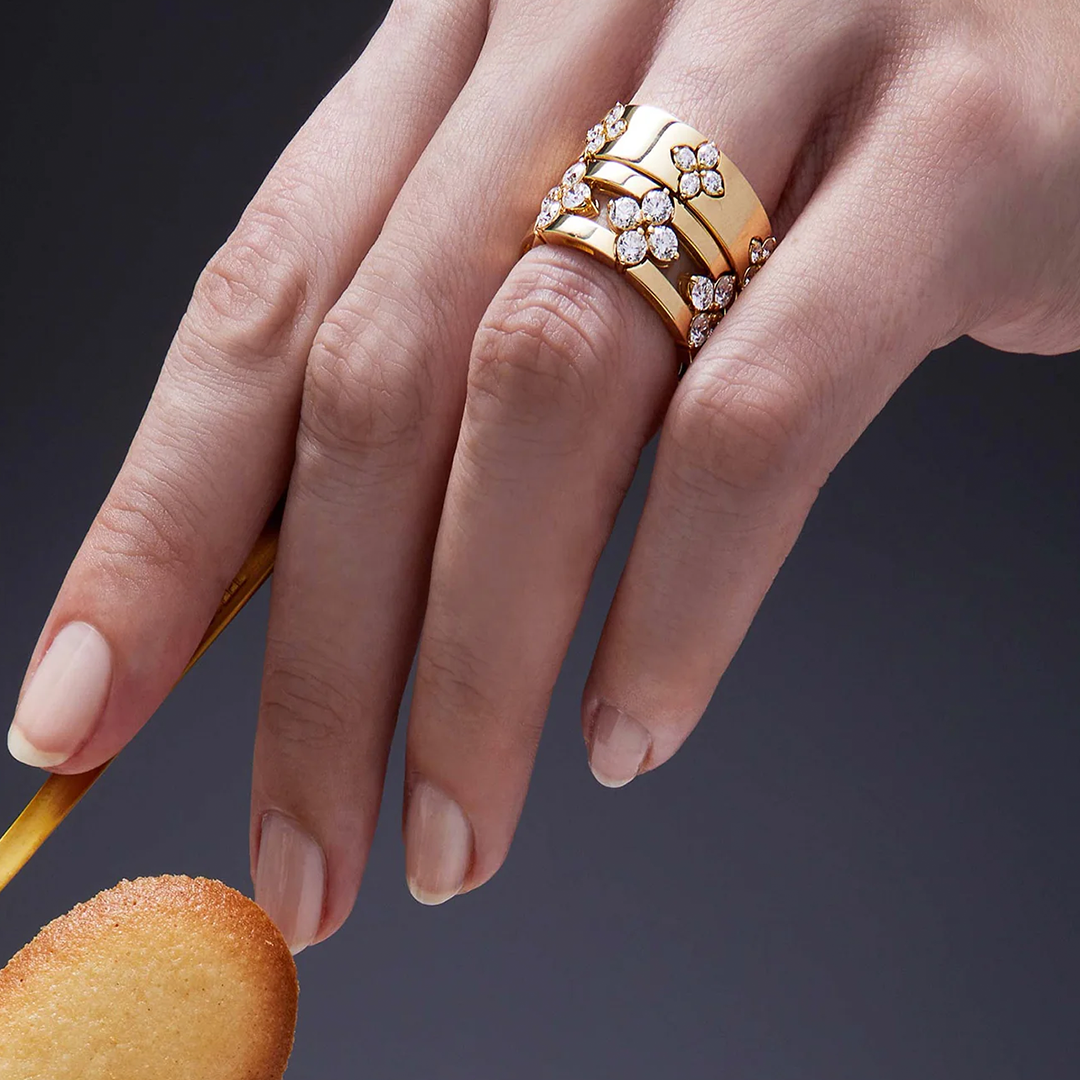Daily Moisturizing: Keep your breast skin soft and supple by using gentle, chemical-free moisturizers. If you experience rashes or skin reactions, consult a healthcare provider.
Sun Protection: Many forget to protect their chest, focusing only on their face. Apply a high-SPF sunscreen to any exposed skin, especially when swimming or sweating.
4. Maintain a balanced diet
Your diet plays a crucial role in overall breast health. Incorporating lean proteins, vegetables, fruits, and healthy fats like avocados and nuts can promote good health. Try to limit processed sugars and simple carbs, which can contribute to inflammation and health issues. A balanced diet helps maintain hormone levels and supports breast tissue health.
5. Regular exercise
Exercise is a crucial component of breast health. Since fat cells produce estrogen, regular physical activity can help regulate these levels, reducing the risk of breast cancer. The World Health Organization recommends at least 150 minutes of moderate exercise each week. Whether it’s walking, swimming, or yoga, movement is key to maintaining optimal breast health.
Good posture benefits more than your back; it supports your breast tissue by reducing strain on ligaments. Maintaining an upright posture while sitting or standing helps prevent sagging and discomfort. Regular breaks from prolonged sitting, combined with stretches, can make a big difference in long-term breast health.
7. Limiting alcohol consumption
Limiting alcohol can help protect your breast health, as long-term consumption may elevate estrogen levels and increase the risk of breast cancer. The American Cancer Society suggests no more than one drink per day for women. Moderation is key to lowering your risk while still enjoying social moments.
Smoking is a major risk factor for many types of cancer, including breast cancer. It is estimated that smoking contributes to around 20% of all cancers in the U.S. The benefits of quitting smoking are profound, as it significantly reduces your cancer risk, including for your breasts.
Self-breast massages can support lymphatic drainage and help you become familiar with the feel of your breast tissue. Regular massage strengthens breast tissue, promotes circulation, and makes it easier to detect any changes, ensuring your breast health stays in check.
10. Know your family cancer history
Knowing your family’s cancer history is key to protecting your breast health. If breast cancer runs in your family, it can influence the timing of mammograms and other preventative measures. Don’t hesitate to share this information with your doctor, as it can guide you in making the right lifestyle and health choices.
Breast care during different life stages
Breast health is not static—it evolves throughout a woman’s life, adapting to hormonal changes that affect both the appearance and feel of the breasts. Being mindful of these changes is essential to ensure you provide the proper care your breasts need at every stage of life.
Whether you’re in your 20s, pregnant, breastfeeding, or entering menopause, understanding how your breasts change can help you feel empowered and in control of your health. Here's a breakdown of what you can expect during various life stages and how to care for your breasts accordingly.
1. Menstrual cycle breast changes
Throughout your menstrual cycle, hormone fluctuations can cause noticeable changes in your breasts. Many women experience swelling, tenderness, or a feeling of heaviness in the days leading up to their period. This is primarily due to the increase in hormones like estrogen and progesterone, which cause the milk ducts and glands to enlarge, making the breasts feel fuller or more sensitive. These changes are commonly part of Premenstrual Syndrome (PMS) and usually subside once your period starts. However, it’s essential to monitor any persistent or unusual symptoms. For example, if the tenderness does not go away after your period or if you notice a new lump that doesn’t seem to fluctuate with your cycle, it’s important to seek medical advice.
2. Pregnancy and breastfeeding breast changes
Pregnancy and breastfeeding bring significant changes to a woman’s breasts. During pregnancy, your breasts may enlarge and become sensitive as they prepare for milk production due to hormonal changes, particularly increased estrogen and progesterone. The nipples may darken and enlarge, and veins may become more noticeable as blood flow increases.
To care for your breasts during this time, wear a supportive, well-fitting bra to accommodate changes and reduce discomfort. Moisturizing regularly can help with dryness and stretch marks. After delivery, expect fluctuations in size as you breastfeed, and ensure proper latch techniques to avoid soreness.
3. Age-related breast changes
As women age, their breasts undergo natural changes, particularly during and after menopause. The decline in estrogen levels leads to a reduction in glandular tissue, causing the breasts to lose firmness and elasticity. As a result, breasts may appear less full or may sag over time. This is a normal part of aging, and it happens to nearly all women as the supportive tissues in the breasts weaken with age.
4. Normal breast lumps and changes
It’s completely normal for your breasts to feel lumpy or uneven at certain times, especially during your menstrual cycle. Many women have areas in their breasts that feel rope-like or bumpy, and these can change with your cycle. Soft, fluid-filled cysts may also come and go, and firm, smooth lumps that move easily under the skin are usually benign.
However, it’s crucial to remain aware of these changes so you can quickly identify anything that feels abnormal. If you notice any lumps that feel hard or don’t move, or if a lump persists beyond your cycle, it’s always best to seek medical advice for peace of mind.
5. When to seek medical advice
You should consult a healthcare provider if you notice any unusual lumps or thickening that doesn’t resolve after your menstrual cycle. Changes in breast size or shape, particularly if one breast begins to look noticeably different from the other, should also be checked. Other symptoms that require medical attention include nipple changes, such as inversion, discharge, or rash, and skin changes like dimpling, puckering, or redness.
Additionally, if you experience persistent pain or discomfort in any area of your breast, it’s important to get it evaluated.













